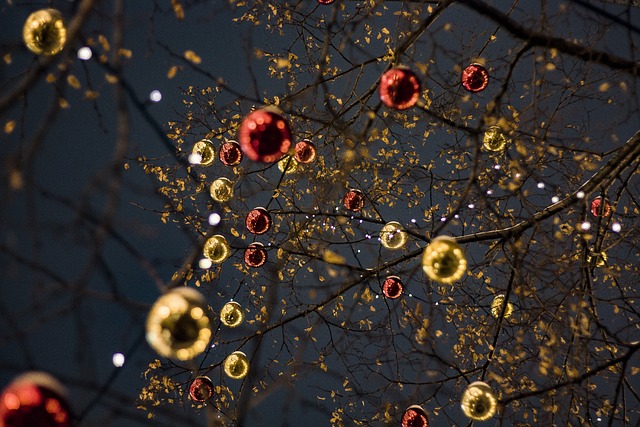Introduction:
The celebration of the New Year holds a special place in the hearts of the Japanese people, symbolizing new beginnings, fresh starts, and the opportunity for renewal. However, the way in which Japan marks this annual milestone has undergone a significant transformation throughout its history. In this article, we will delve into the intriguing journey of Japan’s New Year celebrations, exploring the shift from the Lunar to the Gregorian calendar and the cultural implications that accompanied this transition.
The Lunar Calendar Era:
For centuries, Japan followed the lunar calendar, aligning its New Year celebrations with the cycles of the moon. Known as “Oshogatsu,” this festive period usually fell in late January or early February. During this time, Japanese communities embraced various customs and traditions, including cleansing rituals, visits to shrines and temples, and the exchange of New Year’s greetings.
The Arrival of the Gregorian Calendar:
In the late 19th century, Japan underwent a period of modernization and embraced Western influences. As part of this transformation, the country adopted the Gregorian calendar in 1873, replacing the traditional lunar calendar system. This change was primarily motivated by the desire to align with global standards and facilitate international trade.
Shift in New Year Celebrations:
The adoption of the Gregorian calendar resulted in a significant shift in the timing of New Year celebrations in Japan. While the Gregorian New Year begins on January 1st, adhering to the internationally recognized date, the cultural significance of the Lunar New Year persisted within Japanese society, albeit in a different context.
Cultural Adaptations:
Despite the change to the Gregorian calendar, many customs associated with the Lunar New Year found their way into Japan’s modern New Year celebrations. For instance, the practice of preparing special New Year’s dishes, such as “osechi-ryori,” which symbolizes good luck and prosperity, continues to be an integral part of Japanese New Year festivities. Similarly, the act of sending New Year’s cards, or “nengajo,” echoes the traditional exchange of greetings during the Lunar New Year period.
Contemporary New Year Celebrations:
In present-day Japan, the New Year celebrations hold a unique blend of tradition and modernity. The arrival of the Gregorian New Year is marked by various customs, including the ringing of temple bells to dispel evil spirits, the first visit to a shrine or temple (known as “hatsumode”) to seek blessings for the year ahead, and the enjoyment of special foods and drinks.
Preserving the Lunar New Year Heritage:
While Japan no longer officially celebrates the Lunar New Year, the country’s cultural landscape still bears traces of its influence. In recent years, there has been a growing appreciation for the country’s multiculturalism, leading to Lunar New Year events and festivities organized by local communities with ties to countries that follow the lunar calendar. These celebrations serve as a reminder of the historical connection between Japan and its neighboring nations.
Conclusion:
The evolution of Japanese New Year celebrations from the Lunar to the Gregorian calendar reflects the nation’s journey towards modernization and its willingness to adapt to global standards. Although the shift brought changes in timing and cultural practices, Japan has managed to preserve elements of its Lunar New Year heritage within its contemporary celebrations. By understanding this historical transition, we gain a deeper appreciation for the rich tapestry of Japanese culture and the significance of the New Year as a symbol of hope, renewal, and unity. Check out this link for further information.

